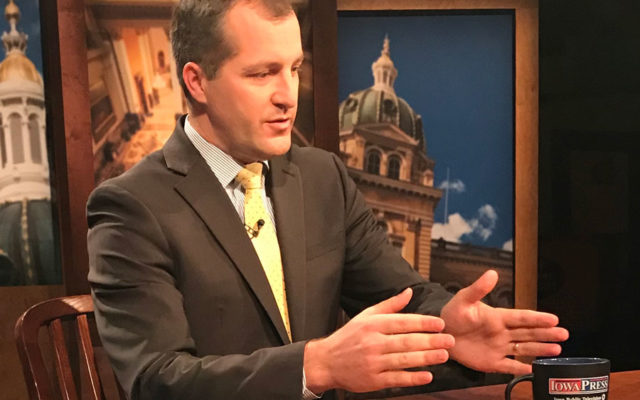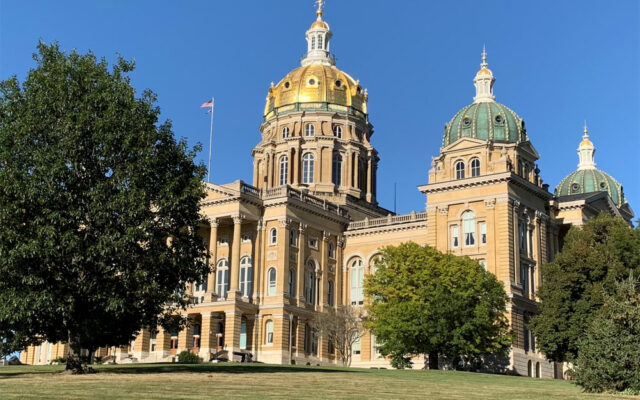Iowa corn, beans being planted at historically slow pace due to weather

JOHNSTON — Iowa farmers who’ve been unable to plant corn yet this year face a deadline this week.
Corn planted by May 31 is covered by crop insurance. If that corn fails to sprout because of cold and soggy conditions, insurance will help farmers replant their fields in June. Iowa Ag Secretary Mike Naig said there’s been a historically slow pace” to planting corn and soybeans this season.
“It’s been a great challenge,” Naig said during an appearance on Iowa Public Television’s “Iowa Press” program. “However, we know that if we can get a few days strung together where the weather will cooperate that our farmers can move very quickly and get that crop in the ground quickly. The other piece that we look at is what’s happening to our neighbors…as bad as it is in Iowa, Illinois and Indiana in particular have significant delays.”
Naig said planting soybeans in June rather than corn is an option for some.
“It all depends on whether they think they can achieve a decent yield and make that pencil out in terms of profitability,” Naig said.
June 15 is the deadline for planting soybeans that can be covered by crop insurance. Farmers debating whether to plant corn or soybeans this week face the dynamic of a soybean market that has been roiled by trade disputes.
“The market’s sending a signal. Soybean prices, clearly, have been dramatically reduced. You’re talking a 20 percent reduction in soybean prices this year, a 10 percent reduction in corn and so folks will look at those economics,” Naig said.
But Naig indicated there are other factors at work, too, like deciding which corn or soybean hybrids will yield best if planted late.
Some farmers may not be able to plant a crop at all this year — and that makes them ineligible for the next round of federal farm payments the USDA announced last week. Naig said 100,000 acres of western Iowa farm ground in Pottawattamie, Mills and Fremont Counties was flooded in March — and in some areas there’s still water coming through broken levees.
“You’ve got acres that might be dry, but they’ve a tremendous amount of sand and other debris that needs to be removed and those acres may or may not be planted this year,” Naig said. “…For those acres that are planted, you’ll crop insurance. For those that aren’t, you’ll be looking at a prevented planting selection.”
The federal “prevented planting” program provides payments to farmers who cannot plant a crop at all.



